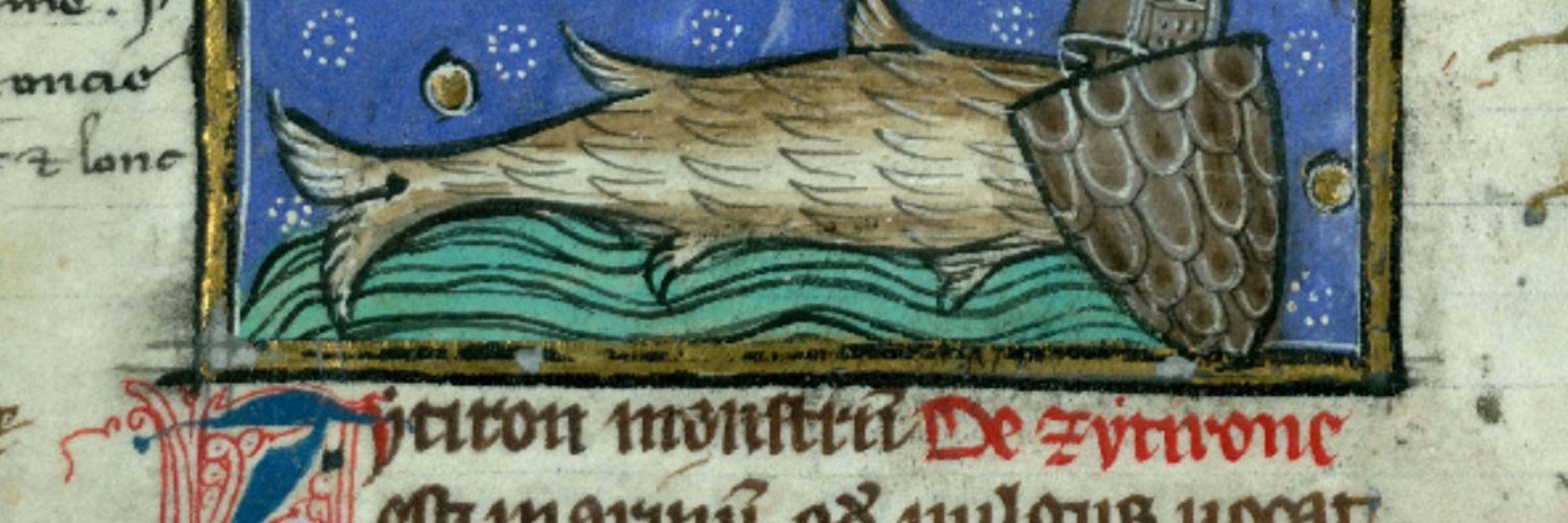Steffen Hope
@hopesteffen.bsky.social
2.7K followers
750 following
5K posts
Norwegian medievalist, bibliophile, music lover and art enthusiast.
[Header: Valenciennes - BM - ms. 0320, f.120v]
Posts
Media
Videos
Starter Packs
Pinned
Reposted by Steffen Hope
Reposted by Steffen Hope







